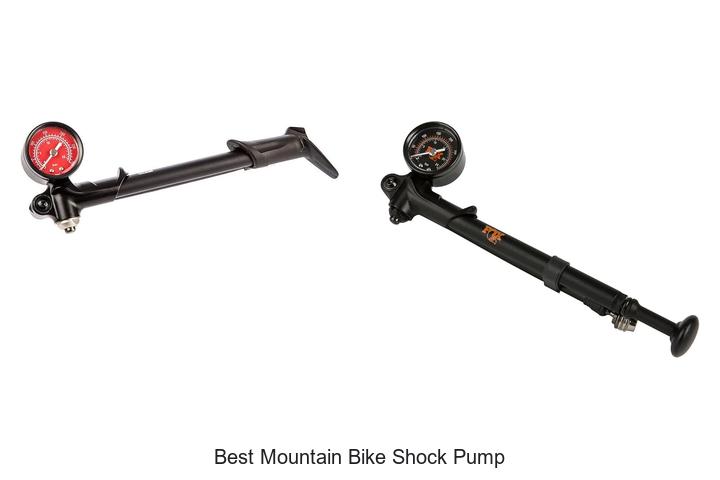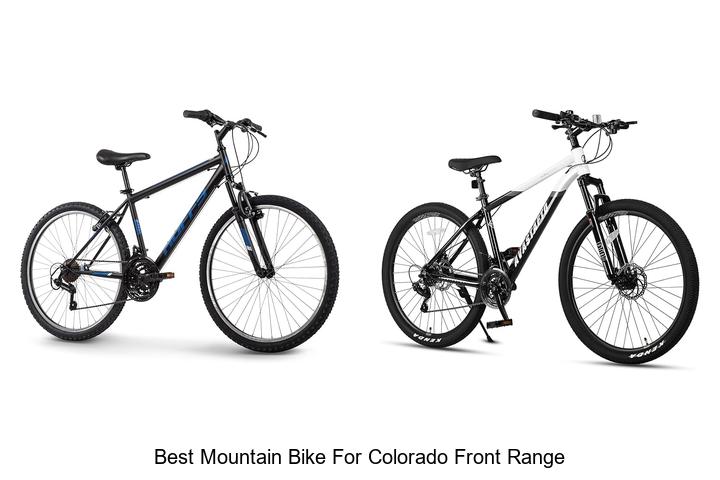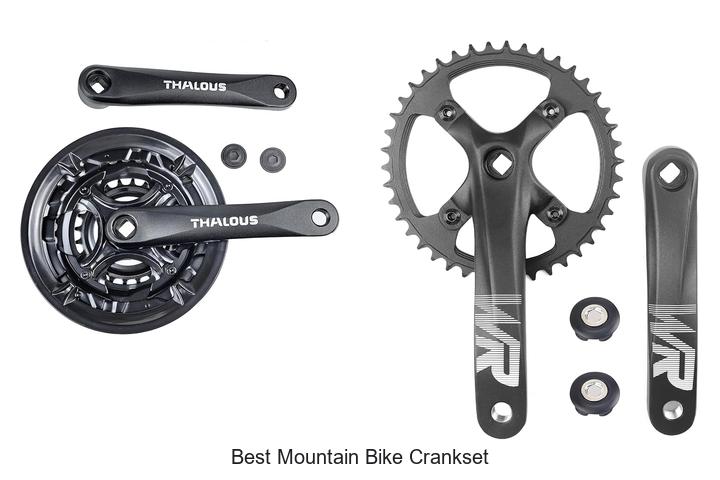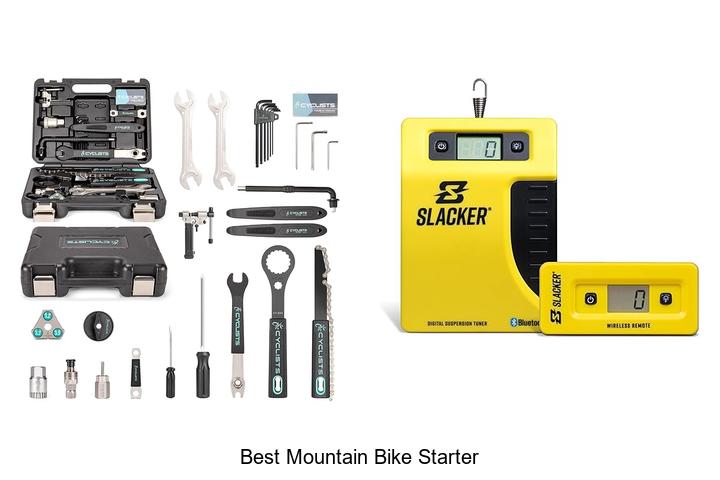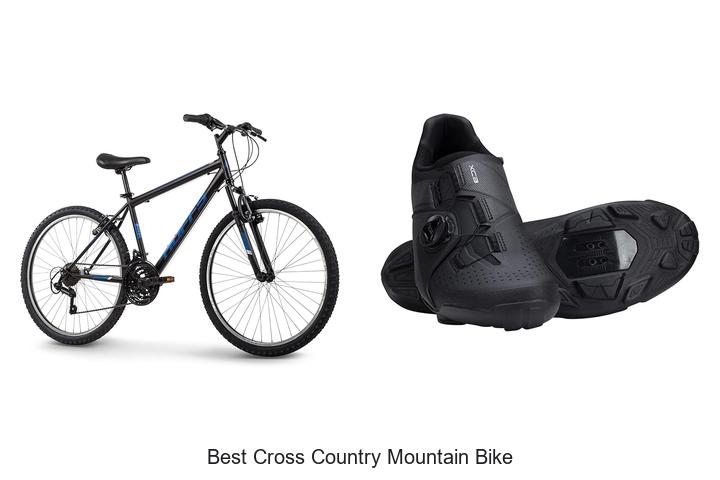How to Bunny Hop Mountain Bike: Easy Step-by-Step Guide
Key Takeaways
- Mastering the bunny hop enables you to clear trail obstacles smoothly, improving control, agility, and confidence on your mountain bike.
- Proper bike setup, including lightweight frame, suitable tire pressure, and optimal suspension settings, is essential for effective bunny hopping.
- Coordinated body movements—compressing, pulling the handlebars, and scooping pedals—are key to lifting both wheels off the ground simultaneously.
- Avoid common mistakes like mistimed pulls and incorrect body positions by practicing smooth, explosive motions and maintaining balance.
- Gradually increase difficulty by starting with stationary hops, then progressing to rolling hops over higher obstacles to build skill and confidence safely.
Mastering the bunny hop on your mountain bike can transform how you tackle trails. This essential skill lets you clear obstacles like rocks and roots with confidence, keeping your ride smooth and fast. Whether you’re a beginner or looking to sharpen your technique, learning to bunny hop opens up new possibilities on any terrain.
You don’t need fancy gear or years of experience to start. With the right approach and practice, you’ll soon lift both wheels off the ground, improving your control and agility. Ready to take your mountain biking to the next level? Let’s dive into the steps that will help you bunny hop like a pro.
Understanding the Bunny Hop in Mountain Biking
Grasping the bunny hop concept helps you execute it correctly and confidently. Knowing its definition and benefits lays the foundation for mastering the skill.
What Is a Bunny Hop?
A bunny hop is a riding technique that lets you lift both wheels of your mountain bike off the ground simultaneously. You do this by compressing your body then explosively pulling up on the handlebars while scooping the pedals back with your feet. This motion allows you to clear obstacles like rocks, roots, or small logs without stopping or dismounting.
Benefits of Learning the Bunny Hop
Improving your bunny hop enhances your ability to ride over trail features smoothly, reducing the risk of crashes or mechanical damage. It increases your trail versatility, allowing you to tackle technical sections more efficiently. You gain better control and balance in tight or rocky terrain, which boosts your confidence and speed. Additionally, mastering the bunny hop supports other advanced techniques, broadening your overall mountain biking skill set.
Essential Equipment and Bike Setup
You rely on the right equipment and precise bike setup to perform effective bunny hops on mountain trails. Focus on selecting a suitable bike and tuning it for control and maneuverability.
Choosing the Right Mountain Bike
You need a mountain bike with a lightweight frame for easier lift-off and quick response. Hardtail bikes or full suspension models with short travel, around 100-130 mm, give the best balance between comfort and agility. Wider tires, ranging from 2.25 to 2.5 inches, provide added traction and stability during takeoff and landing. Flat handlebars offer better control, and pedal platforms with good grip prevent slips when scooping the pedals back. Avoid bikes with heavy components or aggressive downhill geometry, since these hinder smooth, high bunny hops.
Adjusting Your Bike for Optimal Bunny Hops
You must lower tire pressure to 25-30 psi for improved traction and shock absorption on landing. Adjust the saddle height to a level slightly lower than your normal pedaling position, which enhances your ability to compress and spring upward. Suspension settings influence your hop height—soften the front fork and rear shock just enough to assist the upward pull while maintaining stability. Position your brakes to allow easy reach without compromising grip during the pull-up phase. Lastly, ensure your pedals spin freely yet maintain grip; consider platforms with pins or clipless pedals if you prefer added foot security.
Step-by-Step Guide on How to Bunny Hop Mountain Bike
Mastering the bunny hop requires coordinated body movements and precise timing. Follow these key steps to lift both wheels smoothly and land firmly.
Preparing Your Body and Position
Start by positioning your pedals horizontally with your dominant foot forward. Stand centered over the bike with knees and elbows slightly bent. Keep your eyes focused ahead, not down at the wheels. Shift your weight slightly back to prepare for the compression phase. Maintain a firm but relaxed grip on the handlebars to ensure control.
The Pull and Lift Technique
First, lower your body by bending your knees and elbows, compressing the bike’s suspension and springs of your legs. Next, explode upward by extending your legs and pulling the handlebars up toward your chest simultaneously. Scoop the pedals backward with your feet to level the bike in midair. Timing the upward pull and scoop together lifts both wheels off the ground at once.
Landing Safely and Maintaining Balance
Aim to land with your wheels parallel and tires touching the ground simultaneously. Absorb the impact by bending your knees and elbows upon contact. Keep your weight centered over the bike to maintain balance. Look forward to anticipate the next trail feature and prepare for continued riding.
Common Mistakes and How to Avoid Them
Mastering the bunny hop requires precision and practice. Identifying common mistakes helps improve technique and prevents injury.
Timing Errors
Mistiming the lift and pull disrupts the bunny hop’s flow. Lift the handlebars and scoop the pedals simultaneously after fully compressing the suspension. Starting the pull too early or too late causes loss of momentum and height. Practice a smooth, explosive motion to sync these actions.
Incorrect Body Position
Poor body position reduces control and jump height. Keep your pedals level and weight centered slightly back before the hop. Leaning too far forward or backward shifts balance and increases landing impact. Maintain bent knees and elbows to absorb shocks and stabilize the bike.
Overcoming Fear and Building Confidence
Fear limits your willingness to commit to the bunny hop. Start by practicing on small, forgiving obstacles at low speeds. Gradually increase difficulty as confidence grows. Visualizing the motion and focusing on the technique encourages commitment and eliminates hesitation.
Practice Tips and Progression Strategies
Mastering the bunny hop requires focused practice and gradual skill progression. Progressive drills build muscle memory and elevate your ability to clear higher and longer obstacles confidently.
Drills to Improve Your Bunny Hop
Start with stationary bunny hops to develop timing and coordination without speed. Practice compressing the suspension, pulling the handlebars, and scooping the pedals in sequence. Move to rolling bunny hops over small objects like sticks or low curbs to simulate trail conditions. Incorporate manual lifts by practicing front wheel pop-ups separately, then combine with rear wheel lifts. Use balance drills such as track stands to improve overall bike control and body positioning, which directly enhance bunny hop execution.
Gradually Increasing Height and Distance
Progress by incrementally raising obstacle height, starting from 2-3 inches and increasing by 1-2 inches once consistent clearance occurs. Repeat jumps over spaced objects to lengthen your hop distance gradually, increasing by several inches at a time. Focus on landing softly and maintaining balance after each increment to avoid injury and build confidence. Use visual markers like cones or logs to measure progress, ensuring controlled and safe advancement.
Conclusion
Mastering the bunny hop opens up new possibilities on the trail, letting you tackle obstacles with confidence and fluidity. With consistent practice and attention to technique, you’ll notice improved bike control and smoother rides over varied terrain. Remember, patience and gradual progression are key to making this skill a natural part of your mountain biking arsenal. Keep challenging yourself and enjoy the freedom that comes with effortless hopping.
